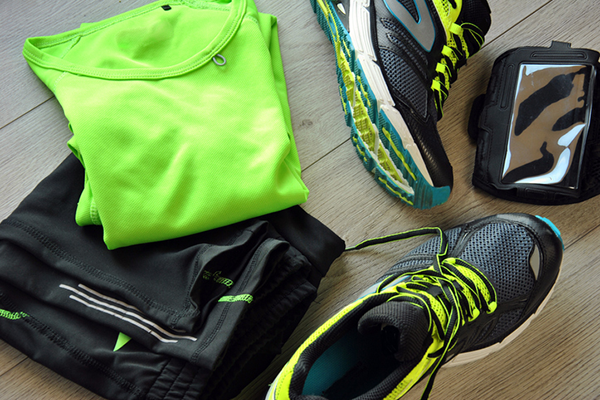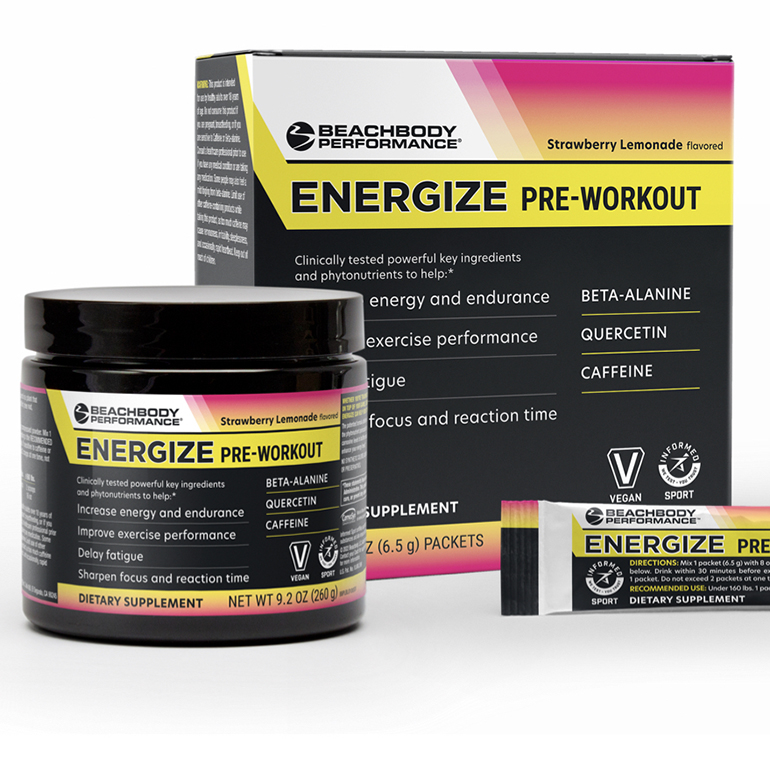How to Motivate Yourself to Work Out… Especially When You Don’t Feel Like It

Sometimes acquiring the self motivation to work out can be as difficult as the exercise itself. There are days it seems almost impossible to muster up the energy to do anything other than veg out on the couch. Yet some people squeeze in at least a little exercise every day. How do they do it? And how can you get some of that magical self motivation?
You might be in luck. Here are some tips from experts on how they get and stay motivated to achieve their fitness goals.
1. Know the Benefits
“People will not commit to exercising if they see its benefits as distant or theoretical,” Dr. Michelle L. Segar, author of No Sweat: How the Simple Science of Motivation Can Bring You a Lifetime of Fitness, told The New York Times. “It has to be portrayed as a compelling behavior that can benefit us today.”
In her book, she talks about using exercise to enhance happiness rather than as a way to achieve a physical goal in the future.
A study published in Psychological Health found that 335 older adults aged 60–96 exercised more often when they emphasized how it increased their quality of life, as compared to those who exercised solely for health benefits. If you think about the positive energy and sense of accomplishment you feel when you exercise, you are more likely to lace up your workout shoes and go for a run. If you are concerned about the impact your run could make on your health 10 years down the road, you’re more likely to procrastinate.
2. Get Outside

Whether she’s going for a jog, or doing strength or HIIT training, trainer Sarah Brannon, NASM CPT, NASM CES, NASM PES says just about every activity is better outdoors.
“I love working out outside because it’s a great way to see the beautiful city and get fresh air,” she says. “I have more space to mentally breathe and to physically move. I also don’t have to worry about getting my house dirty!”
3. Use the 10-Minute Rule
If you have a workout planned and you can’t find the self motivation to do it, Los Angeles area trainer and fitness expert Andrew Heffernan, CSCS, recommends starting with the first 10 minutes.
“At the ten-minute mark ask yourself, ‘Can I go on?'” he says. “Chances are, the answer will be ‘Yes!’ You just needed to overcome a little internal resistance. If the answer is “No,” hang it up. You still get a “W” for the day. Your body wasn’t up for it and needs a break.”
Heffernan adds the key is giving your best effort for those 10 minutes. Don’t just watch the clock.
If you want to make sure that you’re getting the most out of your 10 minutes, try our 600 Secs program. BODi trainer Devin Wiggins will guide you through focused, high-intensity workouts that’ll ensure you don’t waste even one of those seconds.
4. Remove Obstacles

Can’t find your running shoes? No clean workout shirt? Dumbbells in the basement? Don’t want to fight cross-town traffic to the gym? Heffernan says these tiny obstacles can sometimes feel insurmountable. Fight back and regain your self motivation by making tasks simple:
Keep your workout shoes and gear in the same easily-accessible place all the time.
Put your workout clothes out the night before.
If you’re a gym-goer, join the gym that’s easiest to access from your house. Not the one that has the cool sauna that you’ll use three times a year.
5. Try Something New
If your routine has become mundane, Brannon says it’s time to liven things up. Run a different route, learn some new moves, or sign up for a new class. BODi members have access to our entire library of programs, featuring hundreds of videos lead by our professional trainers.
A few of our popular options include:
6. Focus on Immediate Rewards

In other words, thinking about going for a run today in hopes of being 10 pounds lighter in 2 months is less likely to help you wake up for a jog before dawn than if you think about going for a run as a way to see a friend or exploring a new part of town. It’s these kinds of immediate rewards that researchers say are more likely to keep you coming back for more exercise.
Over time, these immediate rewards are compounded, and you begin to see the long-term rewards that come from the way you motivate yourself to work out. Rather work out indoors? Put the focus on increasing your energy, improving your mood, or lowering your stress level, and you might be more likely to motivate yourself to work out. “I like to think of physical activity as a way to revitalize and renew ourselves [and] as fuel to better enjoy and succeed at what matters most,” says Segar.
7. Reward Yourself
Heffernan says small rewards are an excellent tool for self motivation, but there’s a catch. The most common way we reward ourselves is with food, which can undermine our efforts to get lean.
“Choose a rewards system that supports and enhances your fitness goals,” he says. “Did you go 30 days without a missed workout? Buy yourself a nice piece of clothing that shows off the fruits of your labors. Have you worked out hard enough, so the 10-pound dumbbells feel light? Spring for some 15-pounders.”
8. Take a Pre-Workout Supplement

Can’t find the energy to press play on your workout? Energize Pre-Workout contains caffeine and ingredients like beta-alanine and quercetin to improve performance and endurance. Its formula also helps delay fatigue and improve focus and concentration so you can maximize your efforts and get more out of your workout.
Mix a scoop of Energize Pre-Workout in 8 fluid ounces of water and take it 30 to 45 minutes before exercise. That’ll give the ingredients enough time to kick in, and you’ll be ready to tackle anything that your workout throws at you.
9. Set a Goal
Setting goals are an important part of keeping yourself on track, says Brannon. “It can be something like, ‘improve my pull-ups,’ or, ‘improve my running speed,’ or, ‘learn to do a handstand,'” she says.
Heffernan adds that it’s important to realize there are two kinds of goals: results and process.
Results goals include things like dropping a dress size, deadlifting 100 pounds, running a 5k, and losing 30 pounds. “Those are great goals. But unless you’re a fitness expert, they’re hard to act on,” he says. “Make it easier by breaking your “results” goal into 2-4 process goals.”
According to Heffernan, some process goals can include:
- Three hard, 40-minute, full-body workouts per week
- High-quality protein with every meal
- Bed by 10 PM at least five nights a week
These simple, easy to execute goals provide baby steps to help you achieve your desired results.
10. Is it the Right Day to Work Out?

Have you been sleeping well? Are you properly hydrated? Can you remember the last time nutritious foods crossed your lips? If the answer to these questions is “No,” Heffernan says it might not be the best day to exercise.
“Exercise is a stressor,” he says. “If you’re already stressed from a crappy diet, bad sleep, and lousy hydration, skip the workout. Eat some protein and veggies, have a big glass of water, take a nap, and take an easy walk around the block instead. Then come back tomorrow. Sometimes a lack of motivation is a clear message from your body.”
